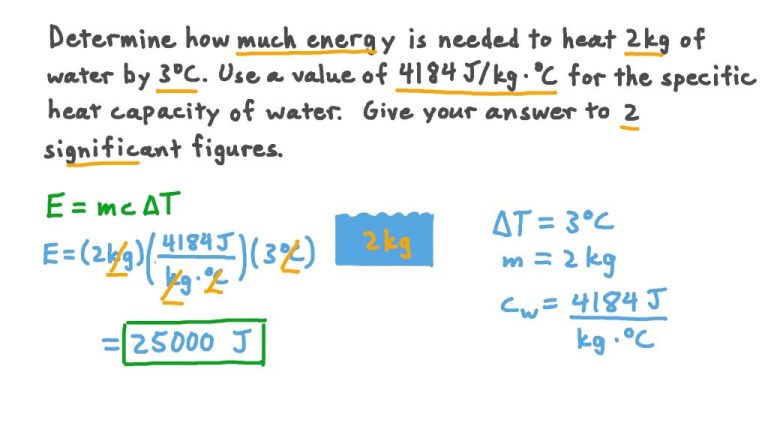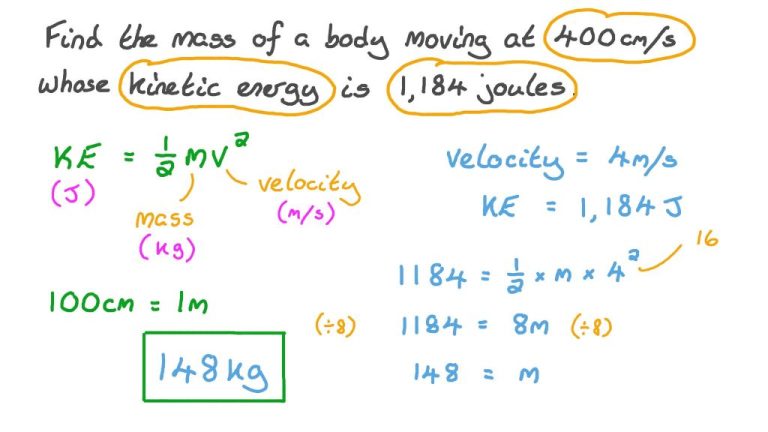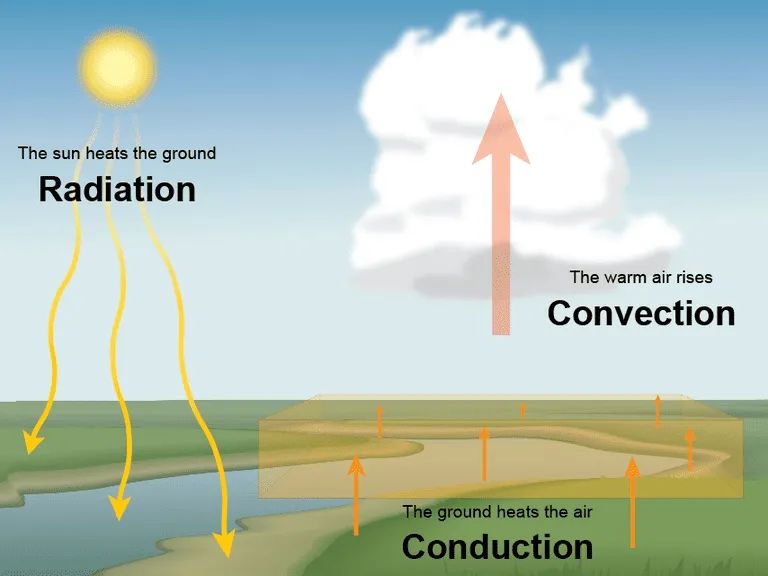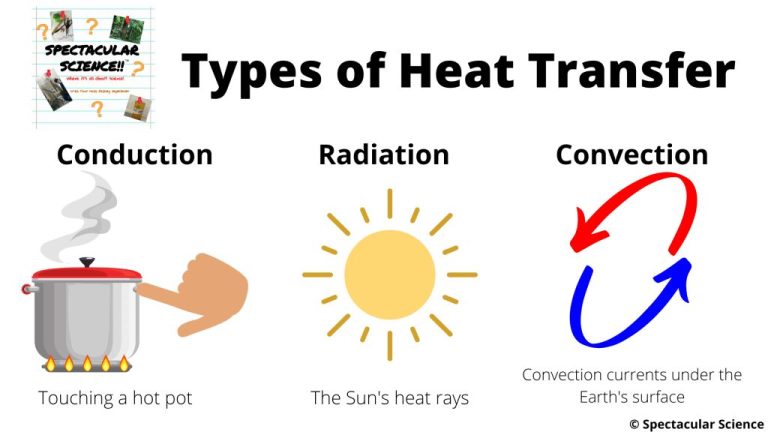How Is Solar Energy Thermal Energy?
What is Solar Energy?
Solar energy is radiant light and heat from the Sun that is harnessed using a range of ever-evolving technologies such as solar heating, photovoltaics, solar thermal energy, solar architecture, molten salt power plants and artificial photosynthesis. Solar technologies are broadly characterized as either passive solar or active solar depending on how they capture and distribute solar energy or convert it into solar power. Active solar techniques include the use of photovoltaic systems, concentrated solar power and solar water heating to harness the energy. Passive solar techniques include orienting a building to the Sun, selecting materials with favorable thermal mass or light-dispersing properties, and designing spaces that naturally circulate air.
The amount of solar energy that hits the Earth’s surface every hour is greater than the amount of energy that the entire human population consumes in a year. The Sun is an extremely powerful energy source, and solar power is a clean, renewable, sustainable way to help diversify energy sources on Earth. The amount of solar energy available makes it a highly appealing source of electricity. However, the biggest challenge with solar energy is that it cannot produce electricity at night. Advancing technology is enabling solar to be more cost-competitive and available around the clock through thermal energy storage.
What is Thermal Energy?
Thermal energy refers to the total kinetic energy of molecules within a substance. This energy is related to the temperature and heat of that substance. As the molecules vibrate and move, they possess kinetic energy. The faster the molecules move, the more thermal energy they contain, and the higher the temperature.
Temperature is a measure of the average kinetic energy of molecules. Heat is the transfer of thermal energy between substances, from a hotter substance to a cooler one, until they reach the same temperature. So thermal energy is intrinsically tied to concepts of temperature and heat.
Thermal energy comes from the kinetic energy of atoms and molecules in a substance. The more they vibrate and move, the more thermal energy they have. This kinetic energy can be transferred through conduction, convection or radiation. Thermal energy flows spontaneously from warmer objects to cooler ones until equilibrium is reached.
Solar Radiation and Heat
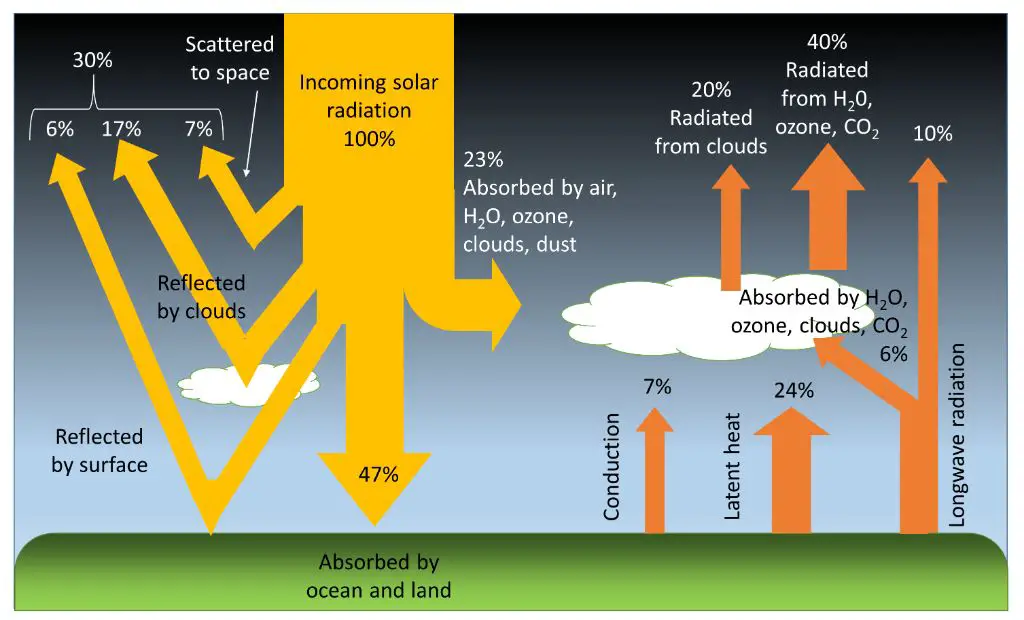
The sun produces energy through a process called nuclear fusion, in which hydrogen atoms fuse together under immense pressure and temperature to form helium. This nuclear reaction in the sun’s core releases tremendous amounts of energy in the form of electromagnetic radiation. The spectrum of this radiation spans from radio waves to X-rays, but most of the energy released by the sun is in the form of visible light and ultraviolet and infrared radiation.
This solar radiation emanates outward from the sun in all directions. When the radiation reaches the earth, a portion of it gets absorbed by the atmosphere and land/oceans, while some is reflected back into space. The solar radiation that is absorbed by the earth is converted into heat energy. The rate at which solar energy is absorbed and converted to heat depends on the incident angle of the sun’s rays as well as reflective and absorptive properties of the surface.
Different surfaces have differing abilities to absorb and reflect solar radiation. For example, snow and ice reflect up to 90% of solar radiation while forests and open water absorb up to 90%. Dark colored surfaces like asphalt absorb light and convert it into heat more readily than light colored surfaces. The solar radiation absorbed by the earth’s surface leads to heating of land, bodies of water and the air directly above them. This transfer of the sun’s electromagnetic energy into thermal energy warms the earth and drives weather patterns and ocean currents.
Conversion of Solar Energy to Heat
Solar energy is converted to heat when solar radiation is absorbed by an object or surface. The sun produces electromagnetic radiation in the form of waves and particles that travel through space at the speed of light. This radiation transfers energy in the form of heat to anything it interacts with.
On Earth, solar radiation is absorbed by land, water, and air. As it passes through the atmosphere, some solar radiation is scattered or reflected by air molecules, water droplets, clouds, and particulate matter. The radiation that makes it through the atmosphere to the Earth’s surface is absorbed and converted into heat. Different surfaces absorb and retain heat differently depending on their color and composition. For example, dark pavement or seawater will absorb a lot more solar radiation than light sandy soil or snow.
The absorption of solar radiation causes land, water, and air molecules to vibrate faster, which is measured as an increase in temperature. This heat is then transferred to surrounding materials through conduction and convection. Solar energy is constantly being absorbed by the Earth and its atmosphere, driving weather patterns and ocean currents through the transfer of heat. The conversion of sunlight into thermal energy maintains the temperature of the planet and drives many natural processes and ecosystems.
Using Solar Thermal Collectors
Solar thermal collectors are devices designed to absorb sunlight and convert it into usable heat. There are different types of solar thermal collectors, but they all work on the same basic principle:
Focusing sunlight – The collectors use reflective surfaces to concentrate sunlight onto a focal point or absorber area. This allows them to capture as much of the sun’s energy as possible. The more sunlight that is focused onto the absorber, the more heat is generated.
Absorbing sunlight – The absorber area is made of a material that efficiently absorts solar radiation and converts it to heat. Copper, aluminum and special selective surface coatings are often used to maximize absorption while minimizing reflective heat losses.
Transferring heat – The absorbed heat is transferred away from the collectors into a fluid medium. This is usually either water or a glycol-based heat transfer fluid that flows through pipes in the absorber. The heated fluid then carries the thermal energy to wherever it will be used or stored.
Insulation – The back and sides of the collector are insulated to minimize heat loss to the surrounding air. This keeps the absorbed heat in the system rather than allowing it to escape.
Common types of solar thermal collectors include flat plates, evacuated tubes, compound parabolic concentrators and parabolic troughs. Proper design, sizing and installation of collectors enables efficient harvesting of the sun’s thermal energy for various applications.
Storing Solar Heat Energy
One of the key challenges with solar thermal energy is storing the heat that is collected by the solar collectors so that it can be used when needed. There are several main methods for storing collected solar thermal energy:
Water Tanks
The most common and simple approach is to use insulated water tanks to store hot water. This allows heat to be collected during sunny days and then used later during peak demand periods or at night. The tanks are well-insulated to minimize heat loss.
Pit Storage
A larger scale thermal storage method sometimes used with concentrated solar power plants is pit storage. This involves digging large insulated pits in the ground which are filled with gravel. Hot heat transfer fluid from the solar collectors is pumped through pipes in the gravel, heating it up. The gravel acts as a storage medium and the heat can be extracted later to generate steam and electricity.
Molten Salts
An advanced approach is to use molten salts such as sodium and potassium nitrate as the storage medium. The hot salts are stored in insulated tanks at temperatures around 550°C. The salts have excellent heat storage properties and can retain heat for long periods with minimal losses. The heat can later be extracted from the molten salts to produce steam to drive turbines.
These various techniques allow the sun’s thermal energy to be stored for on-demand use 24 hours a day.
Uses of Solar Thermal Energy
Solar thermal energy has many applications and uses in our daily lives. The most common use is for heating water. Solar water heating systems are a reliable, renewable and low-emissions way to heat water for household use. The solar collectors on rooftops heat a transfer fluid that passes through a heat exchanger to warm up household water.
Solar heating is also used to heat the interior of buildings – from residential homes to large commercial spaces. Solar thermal collectors can be installed on rooftops or walls to gather energy and heat air or water which circulates through the building’s heating system. This provides space heating and reduces the need for electricity or gas for heating.
On a larger scale, solar thermal energy is used generate electricity. Solar thermal power plants use mirrors to concentrate sunlight and convert it into high-temperature heat. This heat is used to boil water, create steam, and run a turbine that drives a generator to produce electrical power. This is a renewable and emission-free way of generating electricity.
Solar thermal technology has many uses and applications that demonstrate it is an important source of renewable thermal energy with environmental and sustainability benefits. The future outlook is positive as solar thermal systems become more efficient and easier to install.
Solar Thermal Power Plants
One of the most promising large-scale applications of solar thermal energy is in solar thermal power plants. These plants use mirrors or lenses to concentrate a large area of sunlight onto a central solar receiver, which contains a heat transfer fluid that is heated to a very high temperature. The fluid’s thermal energy is then used to power a steam turbine generator to produce electricity.
There are several types of solar thermal power plant technologies, including parabolic trough, power tower, linear Fresnel reflector and parabolic dish systems. Parabolic trough plants are the most mature technology and dominate the market today. These systems use long parallel rows of curved mirrors that focus sunlight on a receiver tube that runs along the focal line of the trough. The heated fluid in the tube is then used to generate steam to power the turbine.
Power tower systems use a large field of flat mirrors (heliostats) to focus sunlight onto a central receiver mounted atop a tall tower. This concentrated radiation heats the receiver, which can reach very high temperatures, up to 1000°C. The molten salt heat transfer fluid allows thermal energy storage, so power tower plants can dispatch electricity even when the sun is not shining.
Solar thermal plants with storage can dispatch power to the grid on demand, providing a stable and reliable source of renewable electricity that competes with fossil fuels. With capacities of 100 MW or more, they also provide economies of scale in electricity generation. As the costs continue to fall, solar thermal power is expected to play a growing role in reducing greenhouse gas emissions and replacing conventional power plants.
Benefits of Solar Thermal
Solar thermal energy has a number of advantages over conventional energy sources that make it an appealing renewable energy option. Some key benefits include:
– Renewability – Solar thermal energy relies on the sun, which is a virtually inexhaustible energy source. Once the equipment is installed, the sun’s irradiation can provide emission-free energy for decades.
– Reduction of CO2 and pollution – Solar thermal power does not burn fossil fuels, so it produces near-zero greenhouse gas emissions and air pollution. Widespread adoption could significantly reduce environmental impacts.
– Energy independence – Solar thermal power allows creation of indigenous energy sources. This provides energy security and reduces reliance on imported fuels susceptible to price volatility and supply disruptions.
– Low operating costs – While upfront system costs can be high, once built solar thermal power plants have minimal operational and maintenance expenses compared to fossil fuel plants. The “fuel” is free and abundant.
– Versatility – Solar thermal energy can be used for heating, cooling, industrial processes, desalination, and electricity generation. It can play a role in most sectors from residential to commercial to utility-scale.
– Job creation – Expanding solar thermal power requires manufacturing, installing, and maintaining large arrays of collectors. This would create many “green” jobs and economic opportunities.
– Cost reductions – As solar thermal technology improves and adoption increases, costs are projected to decline. Economies of scale and technological advances will make it more affordable and accessible.
Future Outlook for Solar Thermal
The future looks bright for solar thermal energy. As technology improves and costs continue to fall, solar thermal is projected to see strong growth worldwide. According to the International Energy Agency (IEA), the total capacity of solar thermal could grow from 480 GW in 2020 to over 1,500 GW by 2040. That’s over a 200% increase in just 20 years.
Several trends will drive this growth in solar thermal capacity:
- Falling costs – As manufacturing scales up, costs for solar thermal components like collectors and heat exchangers will decrease. This will make solar thermal more competitive with conventional energy sources.
- Improved efficiency – New materials and design innovations will enable solar thermal systems to convert more of the sun’s energy into usable heat. This will improve the cost-effectiveness of solar thermal.
- Energy storage – Thermal energy storage techniques will advance, allowing solar thermal plants to store heat for overnight or cloudy day power generation.
- Supportive policies – Governments around the world are enacting policies to incentivize renewable energy. This includes measures like tax credits, grants and mandates for solar hot water heating.
With these favorable trends, solar thermal is positioned to play a major role in the global transition to clean energy. Its ability to provide renewable heat and electricity will make it an invaluable technology moving forward.

